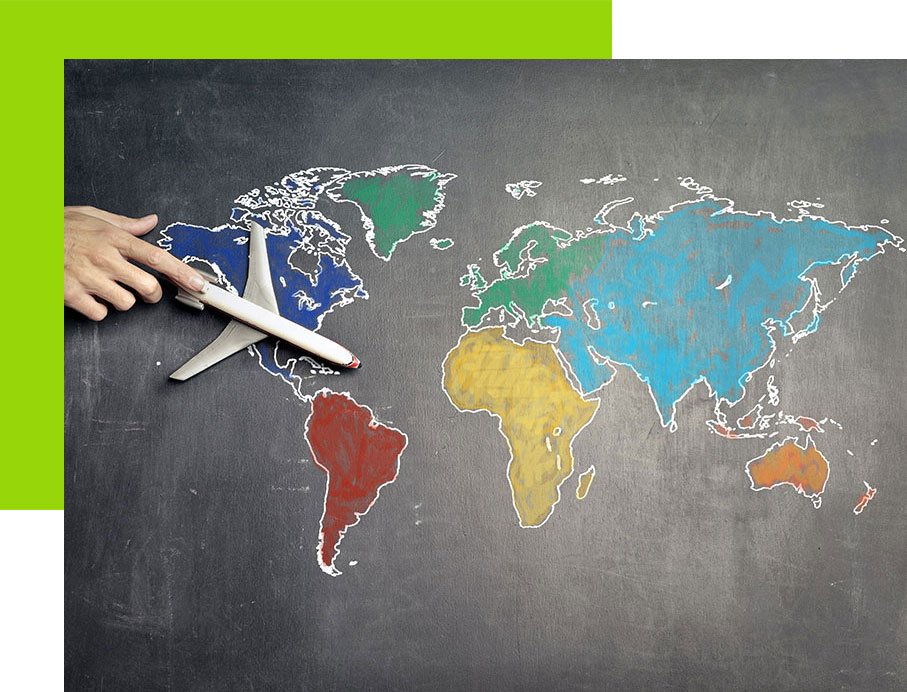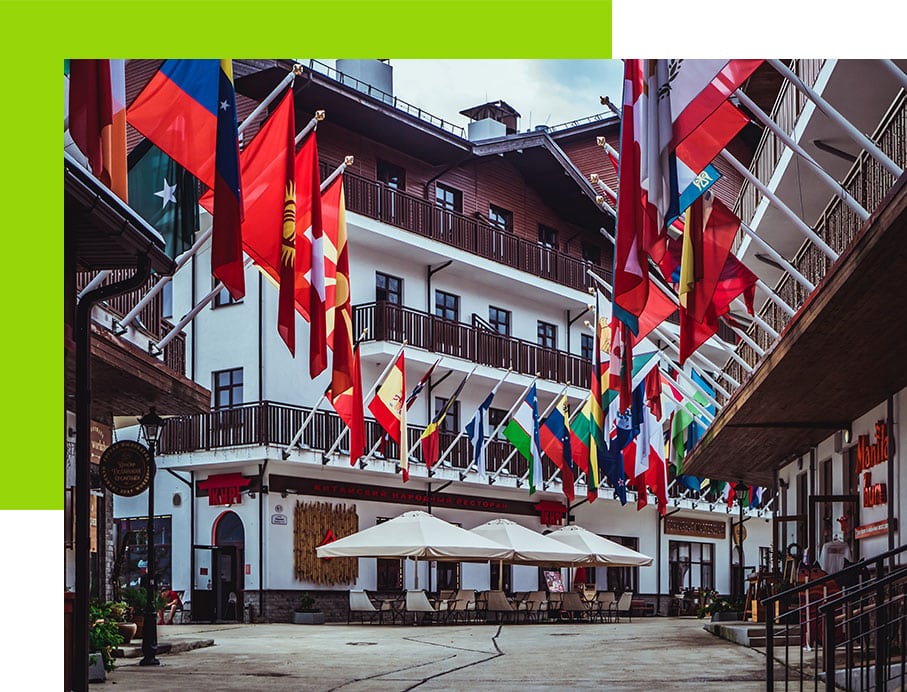The success of your cosmetics’ exportation

Local legislation is the first parameter to consider when commercializing a cosmetic on a new market. If adapting products compliance should be a priority to ensure a legal implementation, consumers will not only look forward to your beautiful INCI list or your expertly translated instructions of use. Indeed, catching the client’s attention also implies adapting to its expectations, which are influenced by its own culture and way of thinking.
Since the product’s first impression is based on packaging, adapting your communication and marketing strategy is essential to ensure your brand’s international development’s success.
Influence of culture on purchasing behaviors

Besides its regulatory role, packaging fulfills a marketing function. Symbols, colors, keywords, design, and allegations are used to deliver a message to a target, with age or gender defined by the brand. The needs, values, and preferences ascribed to a group’s characteristics in a specific country differ abroad, creating a gap between the local culture (targeted country) and the global one (country of origin). Even if from globalization has emerged a “common culture”, local specificities are still impacting the purchasing behavior. As a result, a successful packaging adaptation can be achieved through a balance between your own brand image and its adjustment to the local culture. If some companies choose to keep the same labels internationally because their identity embodies their main selling feature, most of the cosmetics market players are adapting their packaging at various levels.
The Need in Cosmetics
A client will buy your beauty products to satisfy a need, which can be addressed by claims and supporting marketing tools. This need is varying from a culture to another, including cosmetics function and social role. From the sense of belonging, the need for love, self-worth, accomplishment, or aesthetics, the reasons for purchase are numerous.

Besides, needs are also motivated by a system of values characterizing each individual. If western companies feature feminism, diversity, LGBT rights, a strong femme fatale, or gender-neutral advertising, other parts of the globe do not share the same views. Thus, adapting your claims and marketing is vital.
However, it seems like clean beauty is quickly becoming a global trend, giving strength to your certified products or scientific proofs worldwide.
Language: a Powerful Communication Tool

Full translation in the local official language is compulsory in Italy, France, Québec or China, but many regions only require a partial translation, like the European Union. Marketing texts are generally escaping mandatory translation, but keeping them in the original language could actually hurt your sales. As Finnish, Dutch or Danish are mastering English overall, Spanish or Portuguese do not. Hence, packaging translated for the targeted country can attract consumers trust while influencing their purchasing decision making process in a language they fully understand.
The Importance of Symbols and Representations
A cosmetic brand also conveys a message through colors. While red means danger or love in the West, it represents purity in India. Conversely, the West expresses it with the white, a color associated with death in China. Therefore, symbolic representations of each purchasing group have an impact on the client’s opinion about your products.
The same applies to the rest of the packaging, like the shapes or drawings involved. For instance, a luxury or qualitative image in Europe can lose its meaning in Asia. The importance of packaging itself can also differ, like with the Japanese being particularly fond of limited editions. This trend encourages beauty companies to renew their labels designs in a bid to stay competitive, which is less common on the other side of the globe.
The Weight of Words on packagings
Precautions of use, instructions or claims substantiations can be considered as a frame around your product.
In Europe, precautions of use stay relatively short and warn against plausible risks like allergic reactions, the eye zone or inhalation. On the opposite, other countries such as Japan choose to broaden their precautions of use list because it is seen as an insurance and sign of confidence. However, a list too long with mentions considered irrelevant could scare the European consumer.
Furthermore, Japanese clients appreciate drawings illustrating the way of use directly on the packaging or a leaflet. Eventually, scientific proofs are also a must, while in the West certifications are in the verge of becoming essential to the consumer’s decision-making process.
Conclusion
Thus, packaging adaptation is a crucial step when starting an international brand development. A lot of factors have to be taken into account, especially if you are targeting several countries. BIORIUS can support your company thanks to its global label check service or its full regulatory service.


